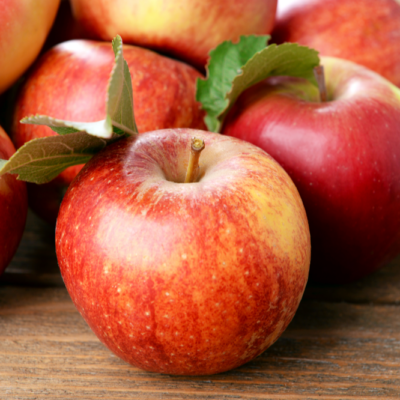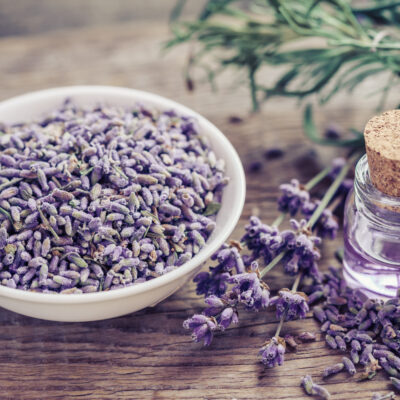
Health
Neurological Conditions Linked to Pseudobulbar (PBA)
Pseudobulbar affect is a neurological disease that causes uncontrollable laughter or crying. It is caused by damage to the brain, which can be due to a number of diseases that affect the brain. Neurodegenerative diseases and PBA go hand in hand. These diseases can affect the way emotion is controlled. PBA can be caused by multiple conditions that affect the brain such as a traumatic brain injury, parkinson’s disease, and multiple sclerosis among other illnesses. Below we go over conditions that can cause pseudobulbar affect: 1. Parkinson’s disease (PD) The Parkinson foundation recognizes pseudobulbar affect as a condition that may develop as a result of Parkinson’s disease. Approximately 24% of people with Parkinson’s develop PBA. Parkinson’s disease is known to affect the nervous system which can result in pseudobulbar affect by disrupting brain signaling and triggering an episode. Making note of episodes and how they present themselves can aid in proper diagnosis. 2. Multiple sclerosis (MS) MS causes the body’s immune system to attack the myelin sheath. A protective sheath that covers the brain’s nerve fibers assisting your brain in sending signals needed for communication, movement control, and other important functions connected to your nervous system. Disruption of movement control can impair your brain’s ability to control sudden episodes of crying or laughter.
Read More 















